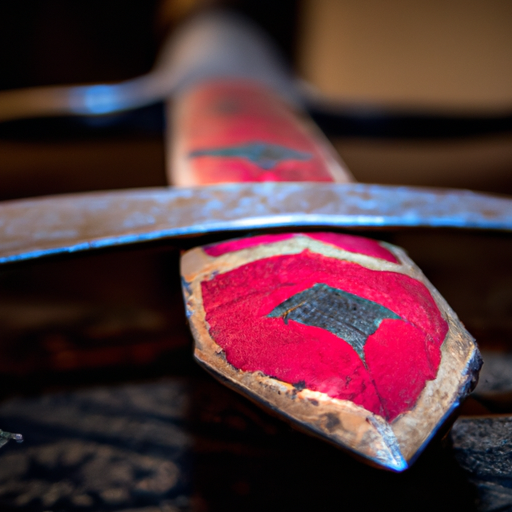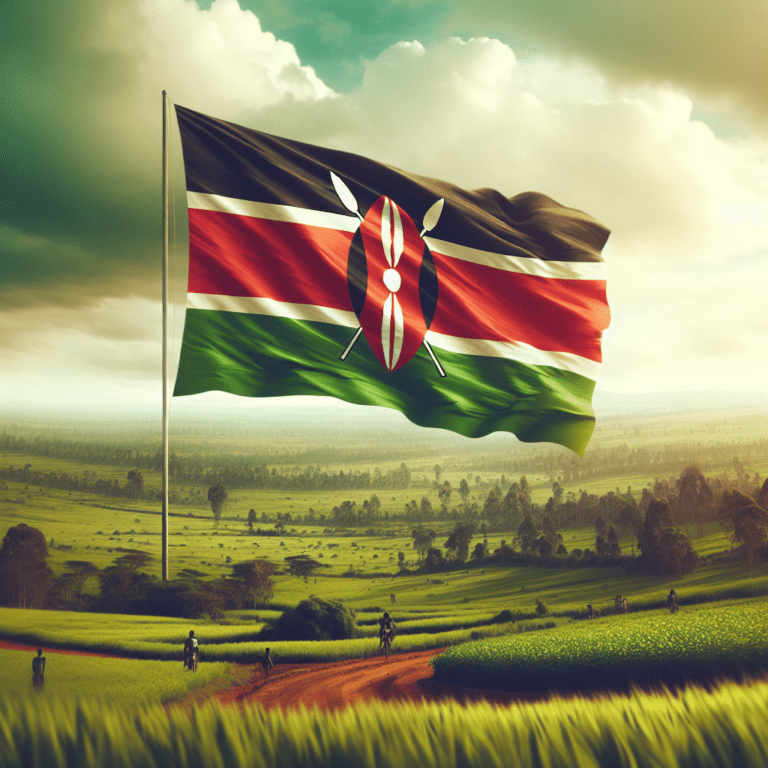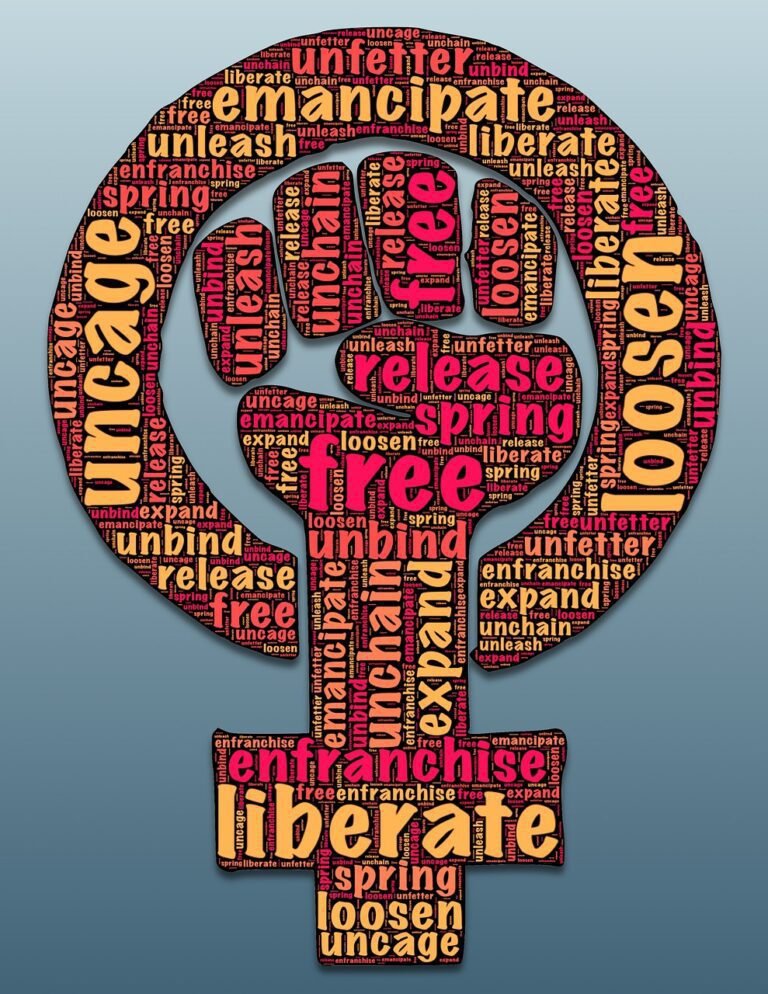What Is The History Of Kenyan National Symbols And Emblems?
Did you know that Kenya has a rich and diverse history when it comes to its national symbols and emblems? From its national flag to its coat of arms, each symbol holds a unique significance that reflects the country’s heritage and values. In this article, we will take a closer look at the history behind these iconic symbols and how they have evolved over the years. Join us on this fascinating journey through Kenya’s national identity.
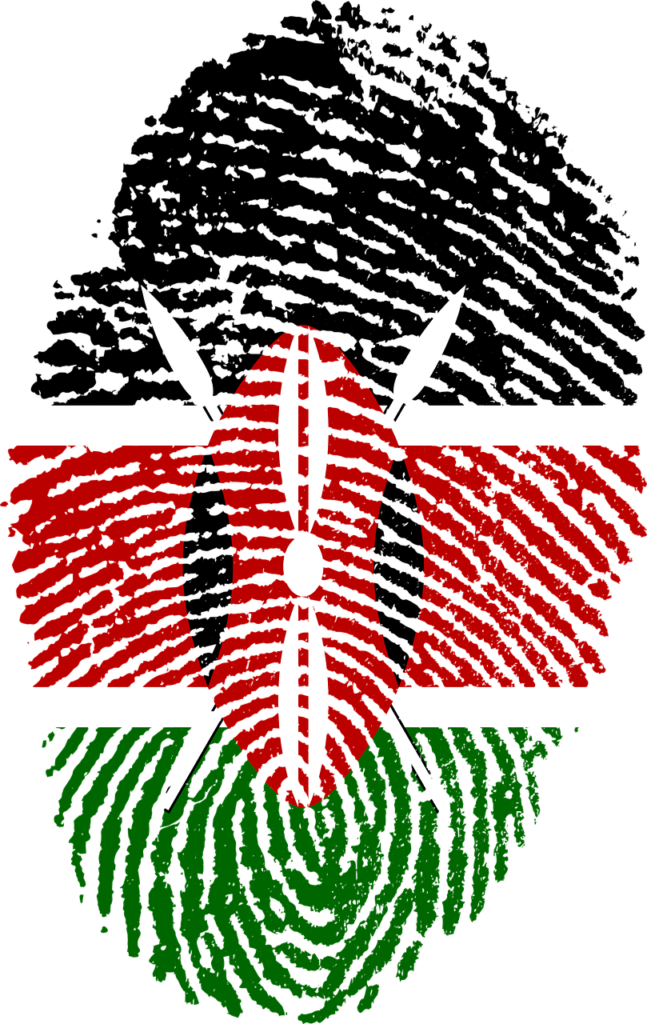
This image is property of pixabay.com.
Kenyan National Flag
Design of the Flag
The Kenyan national flag is a horizontal tricolour with three equal bands of black, red, and green, separated by thin white stripes. In the center of the red band, there is a white Maasai shield crossed by two spears, symbolizing the defense of freedom. The black band represents the people of Kenya, the red represents the bloodshed during the struggle for independence, and the green symbolizes Kenya’s rich agricultural resources. The flag has a width-to-length ratio of 2:3.
Meaning of the Flag
The Kenyan national flag carries deep symbolism that reflects the nation’s history, struggles, and aspirations. Each color and element has its significance, representing the values and aspirations of the Kenyan people. The black stripe signifies the Kenyan people and their unity, the red stripe symbolizes their courage and sacrifices for independence, while the green stripe represents hope for the future and the abundant natural resources of the country. The Maasai shield and spears in the center emphasize Kenya’s commitment to safeguarding its freedom and sovereignty.
Evolution of the Flag
The evolution of the Kenyan national flag is closely intertwined with the country’s journey to independence and subsequent milestones. The original flag, which was used during the struggle against British colonial rule, had horizontal stripes of red, white, and green. As independence approached, the black band was added to represent the people of Kenya. On December 12, 1963, when Kenya gained independence, the current flag was officially adopted. This flag has remained unchanged since then, serving as a powerful symbol of national identity and unity.
Kenyan Coat of Arms
Description of the Coat of Arms
The Kenyan coat of arms consists of a shield divided into two parts. The upper section displays a rooster holding an axe, symbolizing vigilance and preparedness to defend freedom. Below the rooster, the shield is divided into three sections, each depicting an important aspect of Kenya’s economy: agriculture, tourism, and wildlife. Surrounding the shield are two spears and a knobkerrie, traditional weapons that signify the defense of freedom. Above the shield, there is a warrior’s helmet symbolizing national defense, and a golden banner below displays the national motto, “Harambee.”
Symbolism of the Coat of Arms
The Kenyan coat of arms is rich in symbolism, reflecting the nation’s values, heritage, and aspirations. The rooster represents vigilance, reminding Kenyans to be watchful and alert in safeguarding their freedom. The shield’s three sections depict the pillars of Kenya’s economy: agriculture, tourism, and wildlife conservation. These sectors have played significant roles in the country’s development and are emblematic of Kenya’s diverse natural resources. The spears and knobkerrie symbolize defense and readiness, while the warrior’s helmet signifies the importance of national security.
Historical Origins of the Coat of Arms
The Kenyan coat of arms was adopted on October 29, 1963, just before the country gained independence. It was designed by a group of citizens led by Mr. E. Voorspuy, a government official at the time. The rooster holding an axe was inspired by an ancient traditional Giriama war regalia, symbolizing vigilance and the defense of freedom. The choice of agricultural, tourism, and wildlife motifs in the shield reflects Kenya’s economic aspirations and natural heritage. Since its inception, the coat of arms has served as an emblem of national pride and identity.
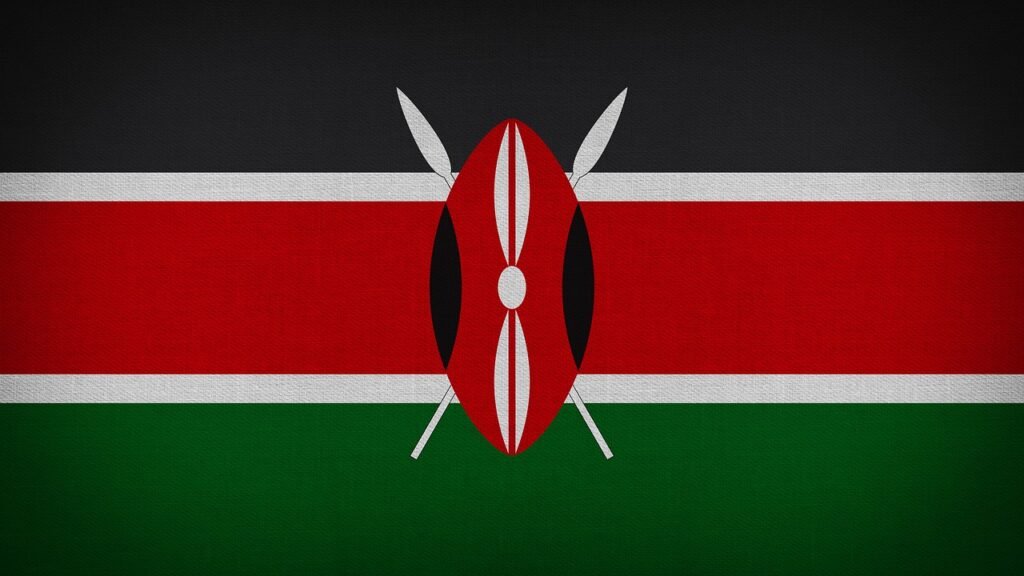
This image is property of pixabay.com.
Kenyan National Anthem
Composition of the Anthem
The Kenyan national anthem, titled “Ee Mungu Nguvu Yetu” (Oh God of All Creation), was composed by Mr. Graham Hyslop and Thomas Kalume in 1963. The anthem is a hymn-like composition with both English and Swahili lyrics. The music is uplifting and melodic, stirring a sense of pride and unity among Kenyans.
Lyrics and Translation
The Kenyan national anthem’s lyrics are available in both English and Swahili, the national language of Kenya. The Swahili version is widely sung during national events and gatherings. The anthem celebrates Kenya’s beauty, abundance, and the diversity of its people. The lyrics express gratitude to God for the blessings bestowed upon the nation and call for unity, justice, peace, and prosperity. It is a patriotic expression of love and dedication to the country.
Significance and Adaptations
The Kenyan national anthem holds significant importance in the country’s culture and serves as a powerful unifying force for the diverse Kenyan population. It is sung in schools, public events, and during national holidays, evoking a sense of national identity and pride. The anthem has also been adapted into different musical genres and arrangements, including choral renditions and instrumental adaptations. It remains a cherished symbol of Kenyan unity and aspiration for a bright future.
Kenyan National Motto
Origin and Meaning of the Motto
The Kenyan national motto “Harambee” means “Let’s pull together” in Swahili. It reflects the country’s spirit of unity, cooperation, and collective effort in pursuing its development goals and addressing challenges. The motto was adopted shortly after Kenya gained independence in 1963 and has since become deeply ingrained in the nation’s psyche and culture.
Changing Mottos over Time
Since its independence, Kenya has had various mottos before settling on “Harambee.” The previous motto, “Uhuru na Umoja” (Freedom and Unity), was used during the early years of independence and emphasized the core principles of the newly formed nation. However, it was replaced in the late 1960s to give way to a more inclusive and action-oriented motto, “Harambee.” This change reflected Kenya’s commitment to unity and collective effort towards national progress.
Current Adopted Motto
The current adopted motto of Kenya, “Harambee,” encapsulates the nation’s values of unity, cooperation, and collective responsibility. It signifies the importance of working together to achieve common goals and overcome challenges. “Harambee” has not only transformed into a national motto but has also become a popular rallying cry for charitable and community development initiatives. It exemplifies the spirit of togetherness and resilience that defines the Kenyan people.
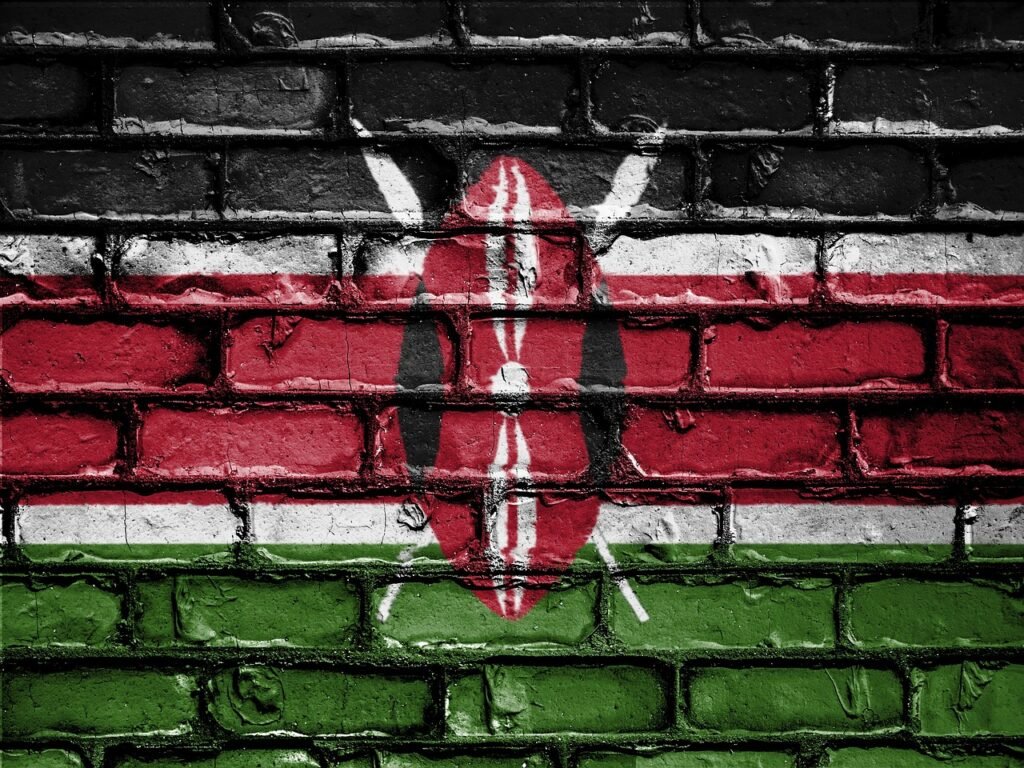
This image is property of pixabay.com.
Kenyan Presidential Standard
Description and Design
The Kenyan Presidential Standard is the official flag used to represent the President of Kenya. It consists of a navy blue square flag with a golden presidential crest in the center. The crest features the Kenyan coat of arms enshrined within a laurel wreath and topped with a golden eagle. The lower part of the standard has a golden fringe, adding an elegant touch to the design. The color blue symbolizes loyalty and represents the office of the President.
Symbolic Elements
The Kenyan Presidential Standard incorporates various symbolic elements that represent the highest office in the country. The presidential crest features the Kenyan coat of arms, symbolizing the President’s role as the guardian of Kenya’s freedom and sovereignty. The laurel wreath symbolizes victory and honor, while the golden eagle represents strength, leadership, and a soaring vision for the nation. The navy blue background reflects the loyalty and dedication of the President to the people of Kenya.
Significance in Government
The Kenyan Presidential Standard holds great significance within the government and represents the authority and status of the President. It is used during official state functions, ceremonies, and visits by foreign dignitaries. The standard serves as a visual representation of the President’s presence and authority. It also symbolizes the unity and cohesion of the Kenyan government under the leadership of the President.
Kenyan National Animal
Identification of the National Animal
The national animal of Kenya is the majestic African lion (Panthera leo). It is renowned for its strength, beauty, and regal stature. The African lion is native to the grasslands, savannas, and woodlands of Kenya, making it an integral part of the country’s wildlife heritage.
Symbolic Representation
The choice of the African lion as Kenya’s national animal carries deep symbolism and significance. The lion symbolizes courage, strength, and leadership, reflecting the qualities that resonate with the Kenyan people. It represents the nation’s wildlife and natural diversity, highlighting the importance of conservation and environmental stewardship in Kenya’s culture and identity. The lion’s presence in the national emblem and coat of arms further emphasizes its symbolic role in representing the nation.
Conservation Efforts
Due to habitat loss, poaching, and human-wildlife conflict, the African lion population has seen a decline in recent years. Kenya has made significant efforts to protect and conserve its national animal. The country has established national parks, wildlife reserves, and conservancies to provide safe habitats for lions and other wildlife. Additionally, Kenya has implemented strict anti-poaching measures and education programs to raise awareness about the importance of conservation. These efforts aim to ensure the survival of the African lion for future generations.
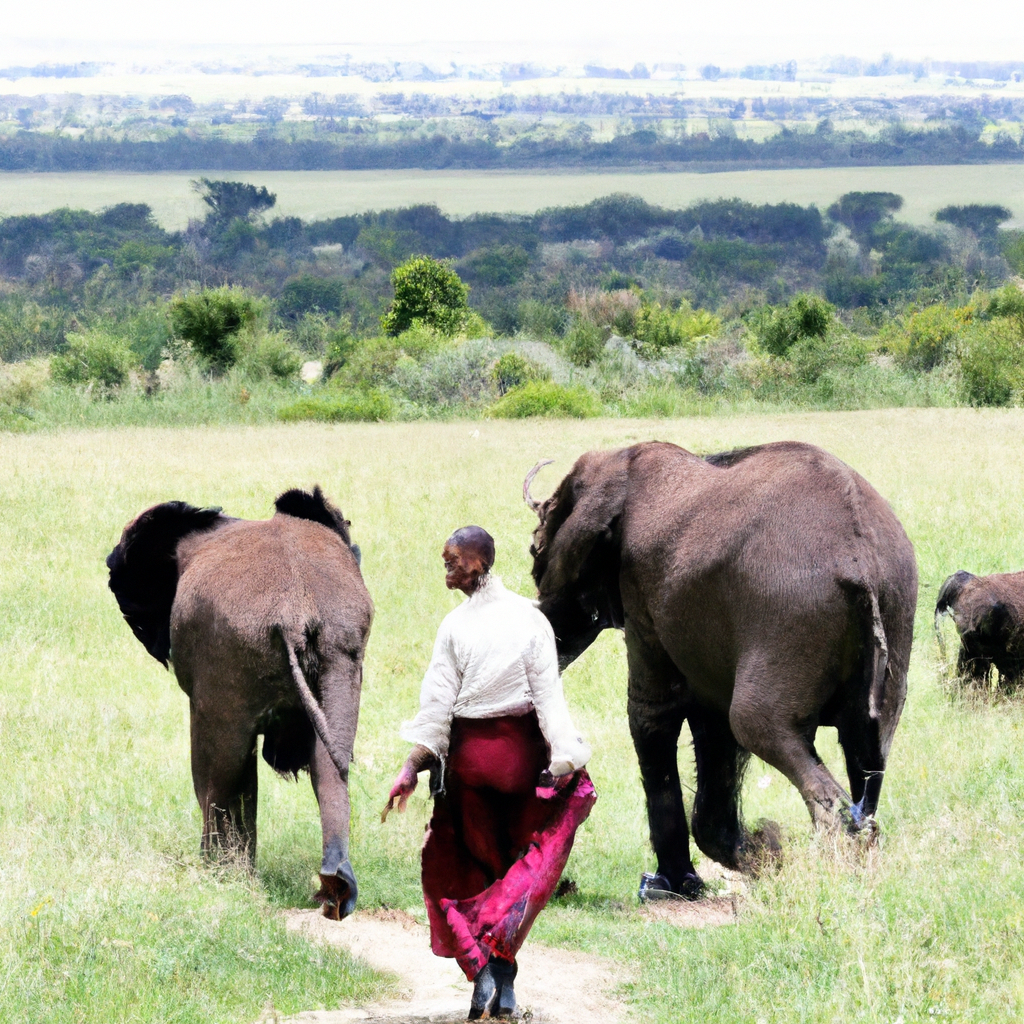
Kenyan National Bird
Selection Criteria for the National Bird
The national bird of Kenya is the Lilac-breasted roller (Coracias caudatus). This selection was based on several criteria, including the bird’s visual appeal, cultural significance, and representation of Kenya’s diverse birdlife. The Lilac-breasted roller is known for its vibrant plumage and graceful flight, making it a popular species among bird enthusiasts.
Meaning and Symbolism
The Lilac-breasted roller holds symbolic meaning in Kenyan culture and represents the country’s natural beauty and biodiversity. Its colorful feathers symbolize the diversity of Kenya’s landscapes and ecosystems. The bird’s ability to soar freely in the sky signifies freedom and independence, reflecting Kenya’s journey as a sovereign nation. In addition, the Lilac-breasted roller has cultural significance, featuring prominently in Kenyan folklore and traditional stories.
Role in Kenyan Culture
The Lilac-breasted roller has become an icon in Kenyan culture, celebrated through various artistic expressions, including paintings, sculptures, and traditional handicrafts. It often serves as a symbol of beauty, grace, and freedom in Kenyan literature, music, and folklore. The bird’s image is also incorporated into tourism campaigns, promoting Kenya’s wildlife and natural attractions. With its striking appearance and symbolic significance, the Lilac-breasted roller has become a cherished emblem of Kenyan identity and heritage.
Kenyan National Flower
Choosing the National Flower
The national flower of Kenya is the strikingly beautiful Orchidaceae, commonly known as the Orchid. The selection of the Orchid as the national flower was based on its unique beauty, cultural significance, and representation of Kenya’s diverse flora.
Symbolic Meaning and Significance
The Orchid holds symbolic meaning and significance in Kenyan culture, representing elegance, strength, and resilience. Its vibrant colors and intricate patterns symbolize the diversity and beauty of Kenya’s natural landscapes. The Orchid’s ability to thrive in diverse environments embodies the spirit of adaptability and determination, reflecting Kenya’s own journey as a nation.
The Orchid is also deeply rooted in various African traditions and folklore. In some tribal cultures, the Orchid is believed to possess healing properties and is used in traditional medicine. The flower’s enchanting fragrance and delicate features make it a cherished symbol of love, beauty, and spirituality in Kenyan society.
Cultivation and Conservation
The Orchid is highly valued in Kenya, and efforts have been made to cultivate and protect this delicate flower. Various organizations and botanical gardens have pioneered initiatives to preserve orchid species, protect their natural habitats, and promote sustainable cultivation practices. These conservation efforts aim to ensure the long-term survival and enjoyment of the Orchid while preserving Kenya’s rich floral heritage.
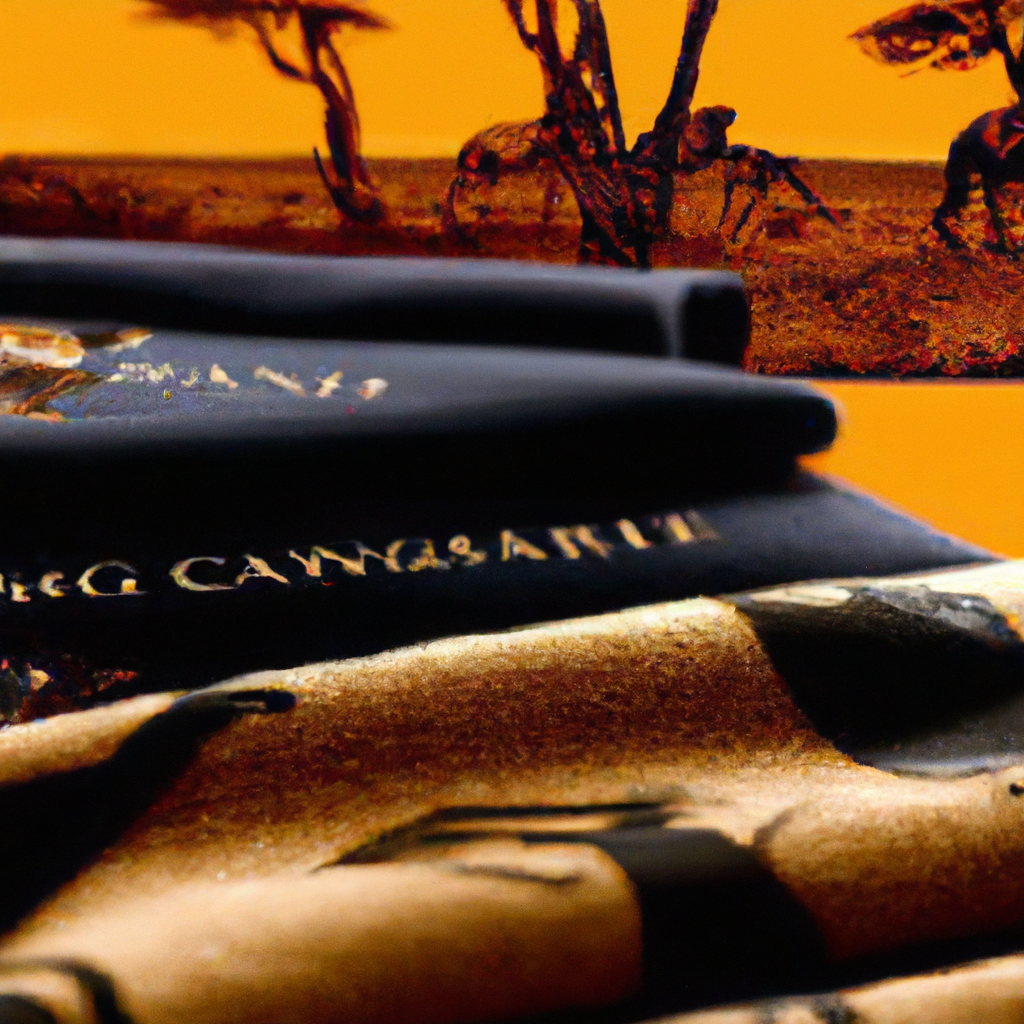
Kenyan National Tree
Identification of the National Tree
The national tree of Kenya is the iconic African Baobab tree (Adansonia digitata). Known for its distinctive silhouette and immense size, the Baobab tree is deeply intertwined with Kenyan culture and landscape.
Traditions and Symbolism
The Baobab tree holds immense cultural and symbolic significance in Kenya. Traditionally, the Baobab is considered a sacred tree, believed to be a dwelling place for spirits and ancestors. It is often revered as a symbol of strength, endurance, and wisdom. The tree’s ability to store large amounts of water in its trunk during periods of drought has made it a symbol of resilience and survival, reflecting the spirit of the Kenyan people.
The Baobab tree has also been a gathering place for communities, providing shelter, food, and water. It serves as a natural landmark and navigation point, guiding travelers through the vast landscapes of Kenya. Its beauty and majesty have inspired artists, writers, and poets, who often depict the Baobab tree in their works as a symbol of African identity and heritage.
Environmental Importance
The Baobab tree plays a crucial ecological role in Kenya’s ecosystems. Its vast trunk and thick bark provide shelter and nourishment for various animal species, including birds, bats, and insects. The tree’s large fruits are a vital food source for wildlife, and its hollow trunks often serve as nesting sites for birds. Furthermore, the Baobab tree’s extensive root system helps prevent soil erosion and contributes to the overall stability of the ecosystem. Protecting and conserving the Baobab tree is essential for maintaining the ecological balance and preserving Kenya’s natural heritage.
Kenyan National Dress
Traditional Clothing Styles
Kenya has a rich cultural heritage with diverse ethnic groups, each with its distinct traditional clothing styles. Some notable traditional clothing styles in Kenya include:
-
Maasai attire: The Maasai people are known for their vibrant and colorful clothing. The traditional Maasai dress consists of a shuka, a large piece of fabric wrapped around the body, and intricate beadwork, which holds cultural and symbolic significance.
-
Kikuyu attire: The Kikuyu people often wear garments made from woven fabrics with bold geometric patterns. Women wear colorful dresses, while men don traditional leather accessories, such as belts and sandals.
-
Turkana attire: The Turkana people, living in Kenya’s arid regions, wear distinctive clothing that adapts to the harsh climate. Their traditional dress includes brightly colored wraps, beaded jewelry, and headdresses.
Incorporation of Modern Fashion
Kenyan fashion has flourished over the years, blending traditional designs with modern influences. Many Kenyan designers incorporate traditional elements into contemporary clothing, creating unique fusion styles. These modern designs often feature African prints, vibrant colors, and traditional motifs. Kenyan fashion shows and events provide platforms for local designers to showcase their talent and creativity, contributing to the growth of the fashion industry in Kenya.
Cultural Significance
Traditional clothing in Kenya holds profound cultural significance. It represents a sense of identity, heritage, and pride for different ethnic communities. Wearing traditional attire during ceremonies, festivals, and important occasions is considered a way of honoring and preserving cultural traditions. Traditional clothing is also a means of communication, conveying social status, marital status, and age within the community. Embracing and celebrating traditional dress allows Kenyans to connect with their roots and foster cultural unity.
In conclusion, Kenya’s national symbols and emblems reflect the country’s rich heritage, diverse cultures, and natural beauty. The national flag, coat of arms, anthem, motto, and various national flora and fauna serve as powerful representations of Kenya’s history, aspirations, and values. These symbols hold deep meaning and are embraced by the Kenyan people as sources of national pride and unity. From the vibrant national bird and flower to the iconic Baobab tree and traditional clothing styles, these symbols celebrate Kenya’s unique identity and contribute to its vibrant cultural tapestry.


